Last Updated on March 27, 2024 by Vinson Lozano
Cycling cadence plays a crucial role in your performance on the bike. But with so much conflicting information out there, it can be difficult to determine the best cadence for optimal efficiency.
In this blog post, we’ll dive into the factual data and expert opinions to answer the burning question: What is the best cycling cadence?
Whether you’re a beginner cyclist or an experienced rider, understanding the science behind cadence will help you improve your performance and enjoy a more efficient ride. So buckle up and get ready to find your ideal cadence!
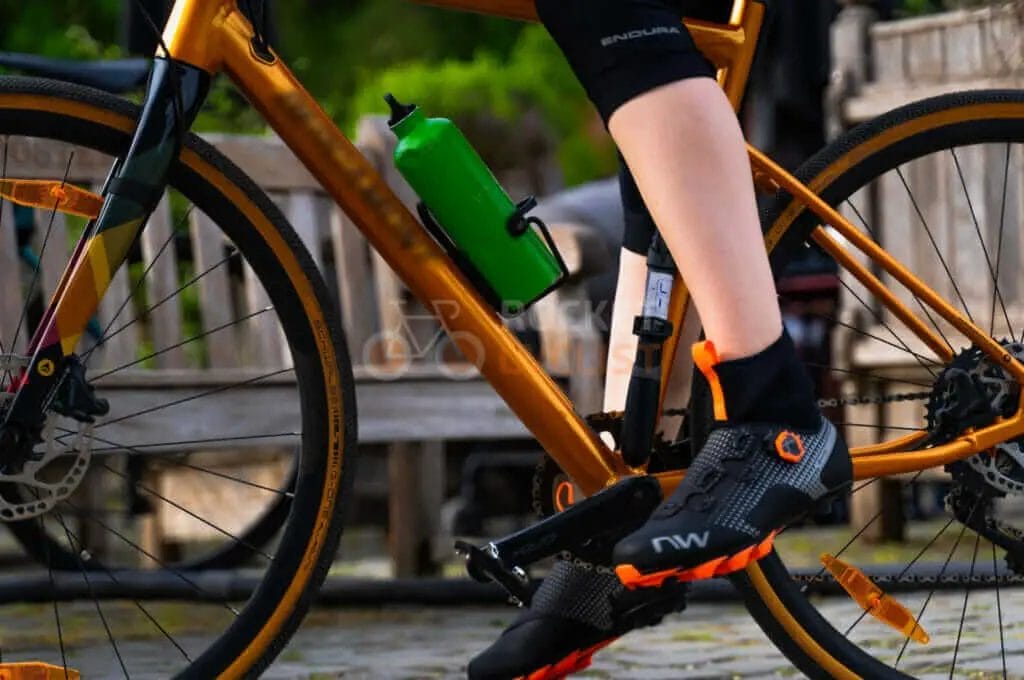
The importance of cycling cadence
Cycling cadence, or the speed at which a cyclist pedals, is a crucial factor that can greatly impact performance and overall cycling experience. Maintaining the right cadence is important for several reasons:
- Efficiency: Finding the optimal cadence helps maximize efficiency by allowing you to generate power without wasting energy. Pedaling at a cadence that feels comfortable and smooth helps you maintain a consistent pace and reduces the risk of fatigue.
- Injury Prevention: Maintaining an appropriate cadence can help reduce strain on your muscles and joints. Pedaling at a cadence that is too low or too high can put unnecessary stress on your knees, hips, and lower back. Finding the right cadence helps prevent injuries and promotes long-term cycling health.
- Power Output: Cadence plays a crucial role in power output. Research suggests that a higher cadence can lead to greater power output, particularly in endurance events. By finding the right cadence, you can maximize your power and improve your overall performance on the bike.
- Endurance: A consistent, efficient cadence can help improve endurance, allowing you to ride for longer periods without experiencing fatigue. By maintaining a steady rhythm, you can conserve energy and avoid premature exhaustion.
- Climbing: Cadence also plays a significant role in climbing. Finding the right cadence on uphill sections can help maintain momentum and power, making it easier to conquer steep gradients. Experimenting with different cadences during climbs can help you find the optimal approach for your riding style and fitness level.
Remember, cadence is a personal preference, and what works for one cyclist may not work for another. It is important to experiment with different cadences and find the one that feels most comfortable and efficient for you. A cycling computer with a cadence sensor can help you track your cadence and make adjustments as needed.
Factors to consider when determining the best cycling cadence

When determining the best cycling cadence for you, there are several factors to consider:
- Efficiency: The most efficient cadence is often specific to each individual cyclist. Finding a cadence that allows you to generate power, maintain speed, and sustain your effort over a long period is key.
- Terrain: Different terrains may require different cadences. For example, climbing steep hills may require a lower cadence while maintaining a high power output, while on flat terrain, a higher cadence can help maintain speed.
- Personal Comfort: Some cyclists naturally prefer a higher cadence, while others prefer a lower cadence. It’s important to find a cadence that feels natural and comfortable for you.
- Muscle Fatigue: Finding the right cadence can also help reduce muscle fatigue during longer rides. Experiment with different cadences to find the one that allows you to sustain your effort without prematurely fatiguing your muscles.
- Experience and Training: Your cycling experience and training level can also influence your ideal cadence. More experienced cyclists tend to have a higher cadence, while beginners may struggle to maintain a higher cadence initially.
Remember, the best cadence for you may change over time as your fitness level improves and you gain more experience on the bike. It’s important to regularly evaluate and adjust your cadence to optimize your cycling performance.
What is cadence in cycling?
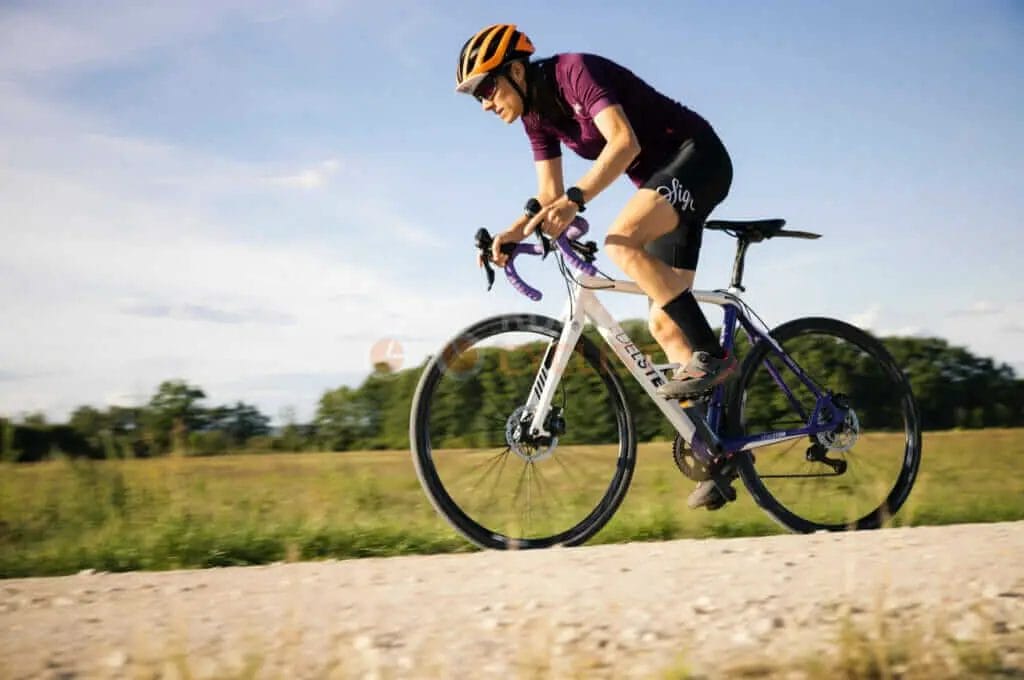
Cadence in cycling refers to the number of pedal revolutions per minute (rpm). It is a measure of how fast you are pedaling. A higher cadence means a faster pedal rate, while a lower cadence means a slower pedal rate.
Cadence is an essential aspect of cycling technique and performance. It affects your speed, efficiency, and overall riding experience.
Maintaining a consistent and optimal cadence can help you ride more efficiently, reduce strain on your muscles and joints, and improve power output. The best cycling cadence varies from person to person and depends on factors such as fitness level, terrain, and personal preference.
For most cyclists, a cadence between 80 and 100 rpm is considered optimal for general riding.
However, some cyclists may prefer a higher cadence of 90 to 100 rpm, while others may find a lower cadence of 70 to 80 rpm more comfortable. It’s important to find the cadence that works best for you and allows you to maintain a steady and efficient pedaling rhythm.
Experimenting with different cadences during your training rides can help you determine your ideal rate.
Use a cycling computer with a cadence sensor to track your cadence and make adjustments as needed. Remember, cadence is not a static number, and it can vary depending on factors such as speed, terrain, and effort level. It’s important to be adaptable and adjust your cadence accordingly to optimize your performance.
Understanding the relationship between cadence and power output

Understanding the relationship between cadence and power output is crucial for optimizing your cycling performance. Cadence refers to the number of pedal revolutions per minute (RPM), while power output measures the amount of force you generate on the pedals. The two factors are closely linked and can greatly influence your cycling efficiency.
A higher cadence typically means a faster pedal turnover and requires less force per pedal stroke. This can result in a smoother and more fluid pedal stroke, reducing the strain on your muscles and joints. It also allows for a quicker muscle recovery between pedal strokes, ultimately improving your endurance and preventing fatigue.
On the other hand, a lower cadence requires more force per pedal stroke but can result in a higher power output. This can be beneficial for climbing or sprinting, as it allows you to generate more force against higher resistance. However, it can also put more strain on your muscles and increase the risk of fatigue and injury.
Finding your ideal cadence depends on various factors including your fitness level, the type of terrain you’re cycling on, and your personal preference. It’s important to experiment with different cadences during your training rides and races to determine what works best for you. Using a cycling computer with a cadence sensor can help you track your cadence in real-time and make adjustments accordingly.
Here’s a quick summary of understanding the relationship between cadence and power output:
- Higher cadence: Smoother pedal stroke, improved endurance, reduced fatigue.
- Lower cadence: Higher power output, more force per pedal stroke, increased strain on muscles.
- Finding your ideal cadence: Experiment with different cadences, consider fitness level and terrain.
- Use a cycling computer with a cadence sensor to track and monitor your cadence.
High Cadence vs Low Cadence
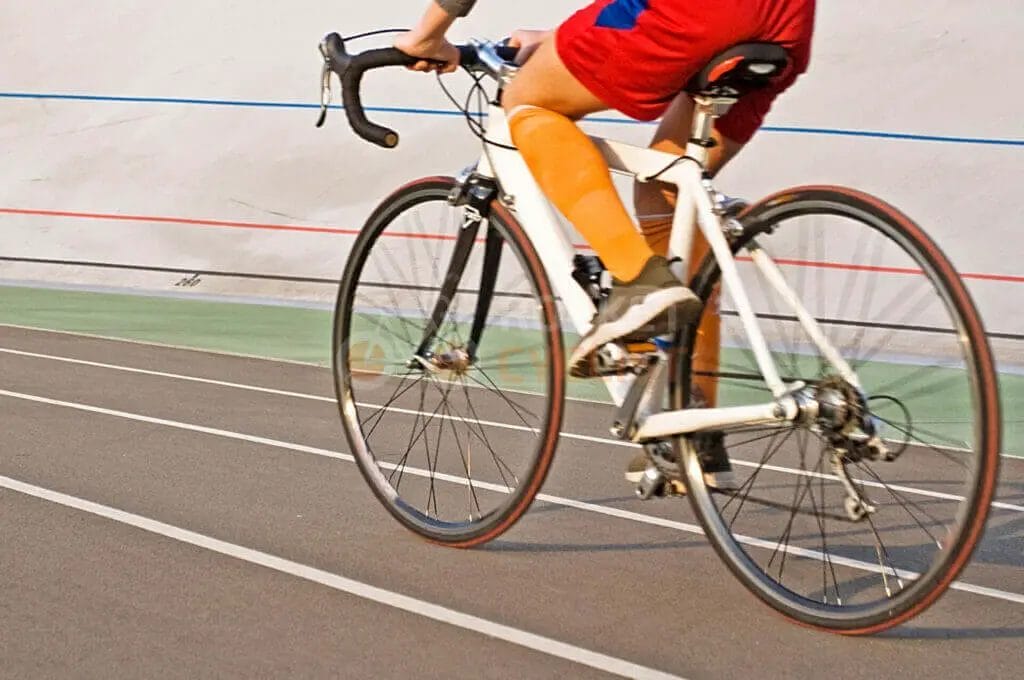
The benefits of high cadence cycling
Cycling at a high cadence, which refers to the number of revolutions per minute (RPM) of the pedals, has several benefits:
- Improved Cardiovascular Efficiency: High cadence cycling increases your heart rate and improves cardiovascular fitness.
- Greater Muscle Activation: Pedaling at a high cadence engages a larger number of muscle groups, resulting in improved muscle endurance and overall strength.
- Reduced Stress on Joints: High cadence cycling puts less strain on the joints compared to pushing a bigger gear at a slower cadence, reducing the risk of injuries.
- Efficient Pedaling Stroke: High cadence cycling promotes a smoother and more efficient pedaling stroke, minimizing energy waste and optimizing power output.
- Enhanced Fat Burning: Pedaling at a high cadence encourages the use of fat as a fuel source, making it an effective method for weight loss and improved body composition.
- Increased Cycling Performance: High cadence cycling can lead to faster speeds and improved performance, especially on flat roads and during long endurance rides.
Remember, finding your ideal cadence may vary depending on individual factors such as fitness level and terrain. Experiment with different cadences to find what works best for you and consider using a cycling computer with a cadence sensor to monitor and track your pedaling RPM.
The benefits of low cadence cycling
There are several benefits to incorporating low cadence cycling into your training regimen:
- Improved Muscle Strength and Power: Cycling at a lower cadence requires more muscular force and effort, which can help to build and strengthen leg muscles. This can be particularly beneficial for cyclists looking to improve their sprinting ability or overall power output.
- Increased Efficiency: When cycling at a lower cadence, each pedal stroke requires more force, allowing riders to maintain a steady pace with less energy expenditure. This can be advantageous during long rides or races, where maintaining endurance and conserving energy is crucial.
- Enhanced Muscle Endurance: Low cadence cycling can help improve muscle endurance by recruiting and conditioning muscle fibers that are not often utilized during high cadence cycling. This can be beneficial for endurance events, such as long-distance cycling or multi-day tours.
- Improved Climbing Performance: Cycling at a lower cadence can be particularly advantageous when tackling steep inclines or challenging hills. The added force exerted during each pedal stroke can assist in overcoming resistance and maintaining momentum while climbing.
- Variety in Training: Incorporating low cadence cycling into your training routine adds variety and challenges your body in different ways. This can prevent training plateaus and help to improve overall cycling performance.
Remember, it is essential to find the right balance between cadence and effort level that works best for you. Experimenting with different cadences during training rides can help you determine your ideal rate and optimize your cycling performance.
Finding Your Ideal Cadence
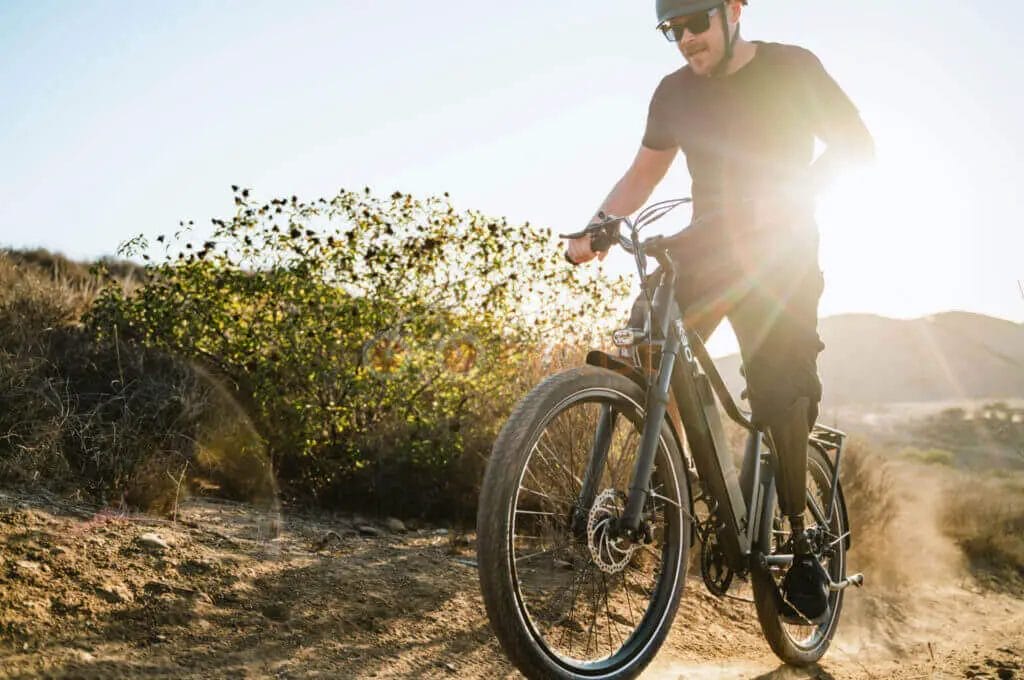
Determining your current cadence
Determining your current cadence is crucial in understanding your cycling performance and optimizing your training. To measure your cadence, you can use a cycling computer with a built-in cadence sensor or a standalone cadence sensor that attaches to your bike’s crank arm.
These devices provide real-time feedback on the number of pedal revolutions per minute (RPM).
To determine your current cadence, follow these steps:
- Attach the cadence sensor to your bike’s crank arm according to the manufacturer’s instructions.
- Pair the cadence sensor with your cycling computer or smartphone app.
- Start your ride and pedal at a comfortable pace.
- Check your cycling computer or app to see your cadence reading in RPM.
During your ride, pay attention to your cadence and how it feels. Are you pedaling with a smooth and efficient motion? Do you feel like you’re exerting too much effort or spinning too quickly? These observations will help you assess your current cadence and identify areas for improvement.
Keep in mind that ideal cadence varies from cyclist to cyclist and depends on factors such as fitness level, terrain, and riding goals. It’s important to experiment with different cadences and find the rate that feels most comfortable and efficient for you.
Experimenting with different cadences to find your ideal rate
Experimenting with different cadences is essential to finding your ideal rate and maximizing your cycling performance. Each cyclist is unique, and what works for one may not work for another. Here are some tips for experimenting with cadences:
- Start by varying your cadence during your rides. Shift to a higher gear and pedal at a faster rate, then shift to a lower gear and pedal at a slower rate. Pay attention to how your body feels and how your speed and power output change.
- Practice different cadences during different types of rides. For example, during endurance rides, try maintaining a steady cadence and observe how it affects your energy levels and endurance. During interval workouts, alternate between high and low cadences to challenge your muscles.
- Keep a record of your cadence and performance for each ride. Note down how different cadences feel and how they impact your speed, endurance, and power output. Reviewing these records will help you identify trends and determine which cadence works best for you.
- Listen to your body. Pay attention to how your muscles feel, your breathing rate, and your level of fatigue. If a certain cadence feels uncomfortable or causes excessive strain, it may not be the right one for you.
Remember, finding your ideal cadence is a gradual process. It takes time and experimentation to figure out what works best for your body and cycling style. Enjoy the process and have fun discovering your optimal cadence!
Training Methods to Improve Cadence

Interval training for cadence improvement
Interval training is an effective method for improving your cycling cadence. This type of training involves alternating between periods of high-intensity efforts and periods of recovery. By incorporating intervals into your training, you can target and improve specific aspects of your cadence, such as speed, power, and efficiency.
Here are some key points to keep in mind when incorporating interval training for cadence improvement:
- Determine your current cadence: Before starting interval training, it’s important to establish your baseline cadence. Use a cycling computer with a cadence sensor to measure your current cadence during different types of rides.
- Set specific interval goals: Depending on your objectives, you can structure your intervals to focus on different cadence ranges. For example, you can have high cadence intervals (90+ rpm) to improve leg speed or low cadence intervals (60-70 rpm) to build strength.
- Gradually increase intensity: Start with shorter interval durations and progressively increase the intensity and duration as you become more comfortable. This approach allows your body to adapt and avoid overexertion or injury.
- Mix up your interval workouts: Variation is key to prevent boredom and adaptability. Incorporate different types of intervals, such as short bursts of high-cadence sprints or sustained efforts at a target cadence.
- Monitor and evaluate progress: Keep track of your cadence during interval sessions to assess your improvement over time. This can be done using a cycling computer or by manually counting your pedal strokes.
Remember to integrate interval training into a well-rounded training program that includes endurance rides, strength training, and rest days to optimize your overall cycling performance.
Strength training for cadence improvement
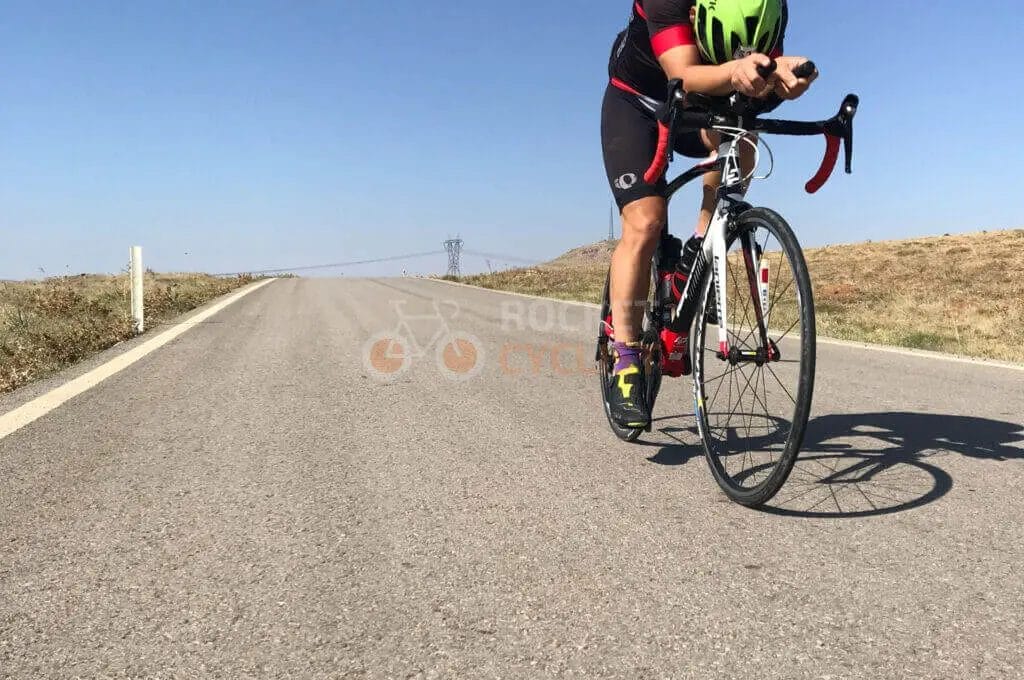
Strength training is a valuable tool for improving your cadence and overall cycling performance. By strengthening your muscles, you can generate more power with each pedal stroke, allowing you to maintain a higher cadence for longer periods of time.
When incorporating strength training into your cadence improvement routine, focus on exercises that target the muscles used in cycling, such as the quadriceps, hamstrings, glutes, and calves. Some effective exercises include squats, lunges, deadlifts, and calf raises.
Here are some key benefits of strength training for cadence improvement:
- Increased power output: By building stronger muscles, you’ll be able to generate more force with each pedal stroke, resulting in a higher cadence and improved overall performance.
- Improved muscular endurance: Strength training helps to increase the endurance of the muscles used in cycling, allowing you to maintain a higher cadence for longer periods of time without fatigue.
- Enhanced stability and balance: Strength training exercises that target the core and lower body muscles can improve your stability and balance on the bike, helping you maintain a steady cadence even in challenging conditions.
Remember to consult with a qualified fitness professional or coach before starting a new strength training program to ensure proper form and prevent injury.
Cadence and Performance

The impact of cadence on endurance
The impact of cadence on endurance is a significant factor to consider for cyclists. Maintaining an appropriate cadence can help improve endurance and efficiency during long rides or races.
A higher cadence, typically between 80-100 revolutions per minute (RPM), can help reduce fatigue and preserve energy by allowing your muscles to work more efficiently. This faster cadence puts less strain on your muscles and joints, preventing early fatigue and reducing the risk of injury.
On the other hand, a lower cadence, usually between 60-80 RPM, can be beneficial for building strength and power. This slower cadence puts more emphasis on muscle activation and can help improve muscle endurance, especially during climbs or sprints.
The appropriate cadence for endurance depends on various factors, including the individual’s fitness level, terrain, and personal preference. Experimenting with different cadences during training rides can help you find the cadence that feels most comfortable and efficient for your endurance efforts.
Here’s a quick summary of the impact of cadence on endurance:
- Higher cadence (80-100 RPM): Enhances endurance, reduces fatigue, and conserves energy.
- Lower cadence (60-80 RPM): Builds strength and power, particularly useful for climbing or sprints.
- Find your optimal cadence through experimentation during training rides.
Remember, it’s essential to listen to your body and adjust your cadence accordingly to maximize your endurance and overall cycling performance.
The impact of cadence on climbing

The impact of cadence on climbing is a topic of great importance for cyclists. When it comes to climbing hills, the choice of cadence can significantly affect a cyclist’s performance and endurance.
High Cadence:
- A high cadence, typically above 90 revolutions per minute (RPM), can help reduce muscle fatigue and strain during uphill climbs.
- It allows for a smoother pedal stroke and keeps the legs in a more efficient range of motion.
- High cadence can also improve oxygen utilization and cardiovascular fitness.
Low Cadence:
- Some cyclists prefer a lower cadence, usually between 60-80 RPM, for climbing.
- This allows them to generate more power with each pedal stroke at a higher gear ratio.
- It can be beneficial for riders with more strength and endurance, as it puts less strain on the cardiovascular system.
Ultimately, the choice of cadence during climbing depends on individual preference, fitness level, and the steepness of the climb. It’s important to experiment with different cadences and find what works best for you.
Tools and Apps for Monitoring Cadence
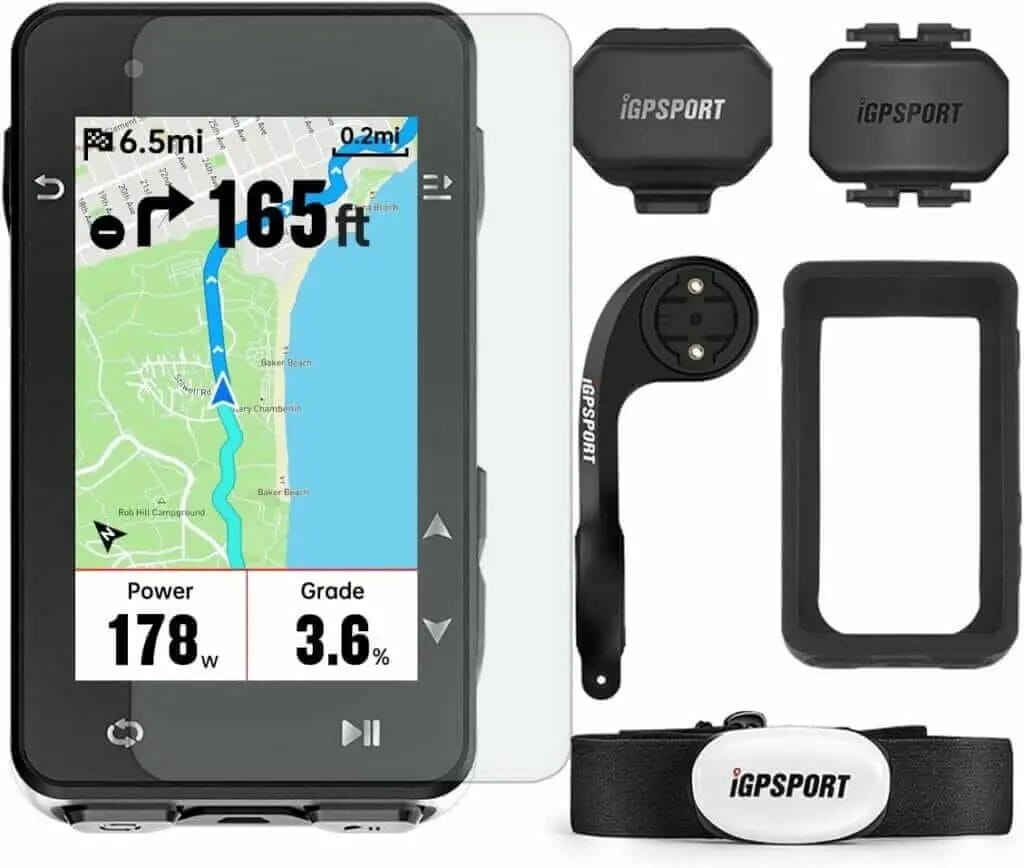
Cycling computer with cadence sensor
A cycling computer with a cadence sensor is a valuable tool for cyclists looking to optimize their performance and improve their cycling cadence. This device measures the number of pedal revolutions per minute (RPM) and provides real-time feedback on your cadence during rides. Here are some key benefits of using a cycling computer with a cadence sensor:
- Real-Time Monitoring: The cycling computer displays your current cadence, allowing you to monitor and adjust your pedaling speed on the go.
- Tracking Progress: By using a cadence sensor, you can track your cadence over time and analyze trends. This helps you identify improvements or areas where you may need to make adjustments.
- Efficient Pedaling: A higher cadence often leads to a more efficient pedal stroke, reducing strain on your muscles and joints and allowing you to maintain a steady pace.
- Optimized Gear Selection: The cadence sensor helps you determine the ideal gear and gear change timing, allowing for smoother transitions and improved overall performance.
- Training Synchronization: By integrating your cycling computer with other training devices, such as heart rate monitors or power meters, you can analyze how cadence relates to other performance metrics and optimize your training accordingly.
- Specific Training Plans: Many cycling computer manufacturers offer pre-designed training plans tailored to improving cadence. These plans can help you develop your pedaling technique and increase your overall efficiency.
Overall, a cycling computer with a cadence sensor is a valuable tool for any cyclist looking to optimize their cadence and improve their performance on the bike. By monitoring and adjusting your pedaling speed, you can make significant improvements in your efficiency and endurance.


